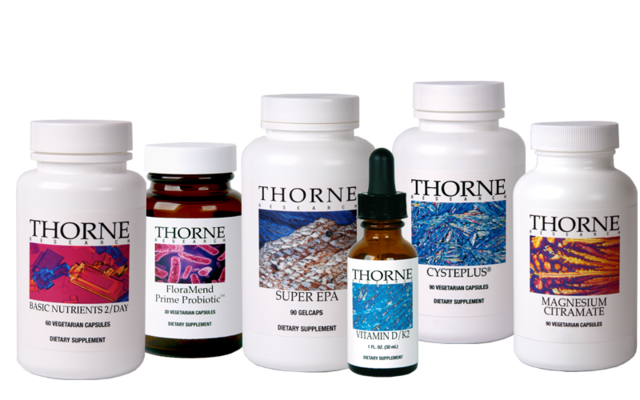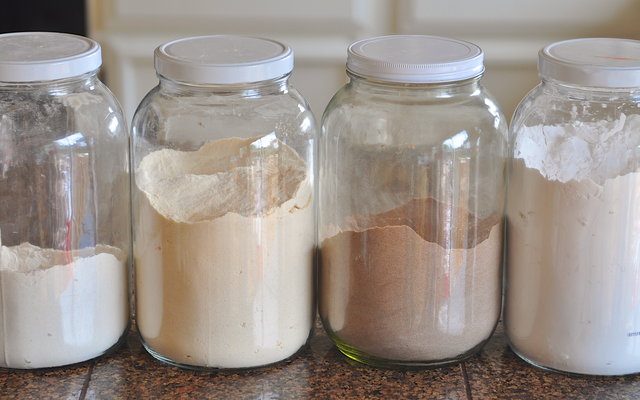by Tom Malterre | 2 comments
Reacting to Gluten, Dairy, and Other Foods May Leave You Malnourished
Food reactions may cause nutrient absorption issues and bacterial imbalances that can leave you malnourished. It is common for people with celiac disease and gluten sensitivities to have insufficient amounts of B-vitamins, especially folates, and B12; fat soluble nutrients such as essential fatty acids and vitamins D & K; the amino acids tryptophan and glutamine; and minerals such as magnesium, zinc, and iron.
Eating a diet rich in wild Alaskan salmon, beans & greens, and nuts & seeds can help replenish some of the missing nutrients your body needs to feel whole again.
Nutritionists are now saying that beans are to magnesium as dairy is to calcium—and magnesium is an essential mineral in healing your gut from damage by gluten.
Add Essential Fatty Acid Rich Foods to Your Diet:
One of the best sources of essential fatty acids (EFAs) is wild alaskan salmon. Make certain that you avoid farmed salmon, however, as it is likely the most PCB-contaminated protein source in the U.S. food supply. PCB’s, or polychlorinated biphenyls, are neurotoxic, hormone-disrupting chemicals that have been banned in the U.S. since 1977. According to a study published in Science in January 2004, these chemicals were found at levels seven times higher in farmed salmon than in wild ones.
Beyond fish, research has indicated that eating 4 walnuts a day, or 1 ounce of chia seeds can be a significant source for EFAs.
Add Folates to Your Diet:
The highest levels of folates are found in leafy vegetables and dry beans. Getting our folates from "greens and beans" is important for many reasons, as folates play a role in regulating protein, neurotransmitter, phospholipid, RNA, and DNA structure. Interestingly, science is finding that the synthetic "folic acid" found in supplements and fortified foods may be harmful in some individuals. We recommend finding supplements that contain folinic acid or 5-methyltetrahyrodfolate; and eating a diet rich in greens and beans as they only contain these active forms of folates.
Chipotle Black Bean and Yam Stew
Add Magnesium to Your Diet:
Green leafy vegetables, nuts and seeds (especially pumpkin seeds), and dry beans are all great sources of magnesium. Soaking and sprouting your beans, nuts, and seeds may help make the magnesium that these foods contain more bioavaiable.
Raw Thai Wraps with Cilantro Pumpkin Seed Pate
References
-
Dietary intake of fish vs. formulations leads to higher plasma concentrations of n-3 fatty acids.
-
Levels of the n-3 fatty acid eicosapentaenoic acid in addition to those of alpha linolenic acid are significantly raised in blood lipids by the intake of four walnuts a day in humans.
-
Global Assessment of Organic Contaminants in Farmed Salmon
-
Supplementation of milled chia seeds increases plasma ALA and EPA in postmenopausal women.

Stay up to date with the current science and recipes that can help make your family healthy.




Comments
pumpkin seeds
by shwell on Tue, 03/17/2015 - 6:01am
Best pumpkin seeds to purchase
by Lisa T on Thu, 02/14/2019 - 4:35am
Add new comment